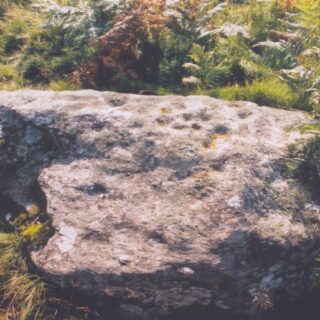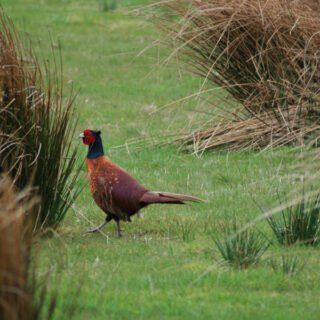After last week‘s rather disastrous – and wet! – attempt to find the Gleann Beag standing stones, things looked a lot better today. The sun was shining in Dundee, it was still shining when I called in at Stanley, and it was still shining as I drove up Glen Shee and Gleann Beag.
I parked again in the layby at the bottom of the Devil’s Elbow, assembled my bike, and cycled down past Rhiedorrach to the gate into the field, this time staying perfectly dry. The area on the raised plateua looked so different in the dry, and unlike last week there was a faint sheep track just visible in the grass, so I followed it, fording two burns. I think this may have been my problem before – I only crossed one burn then. Not long after crossing the second burn, I could see the stones sticking up out of the grass.
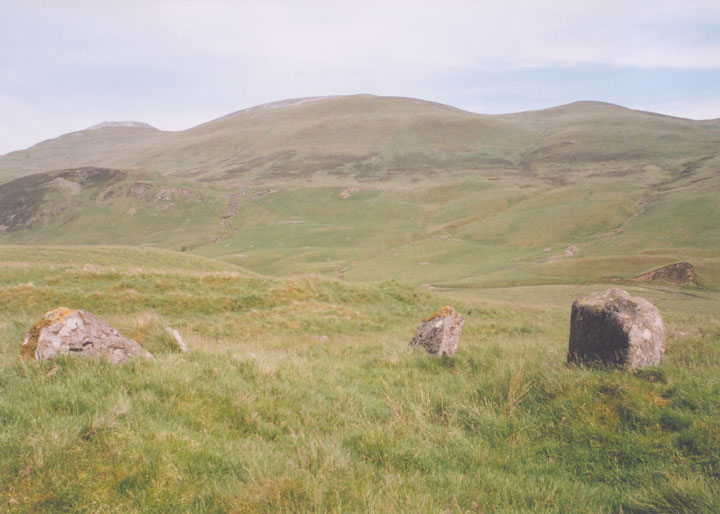
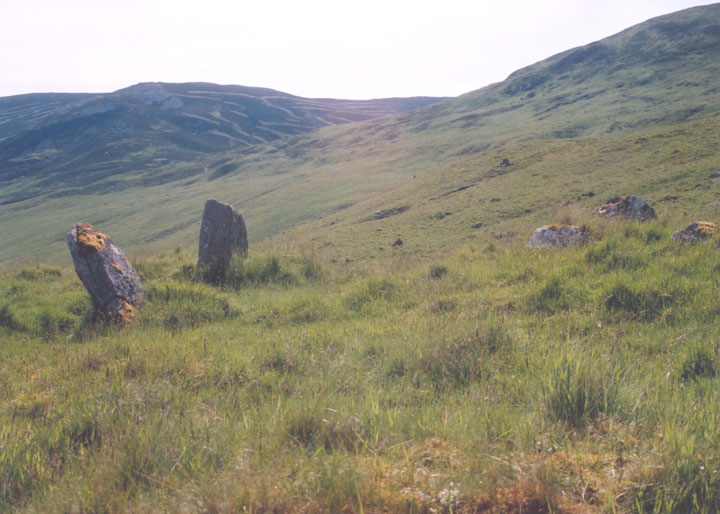



The views beyond the circle along Gleann Beag are quite simply stunning!
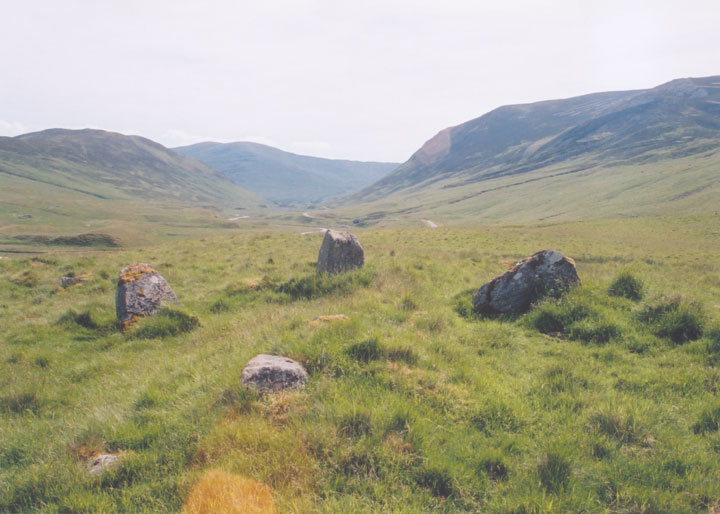
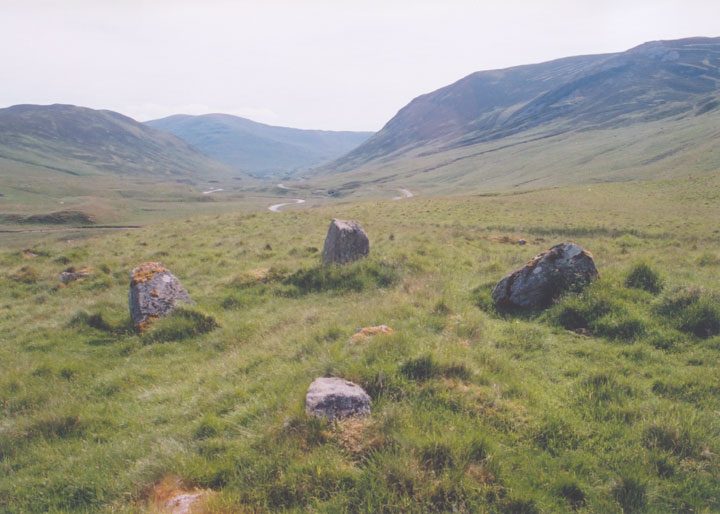

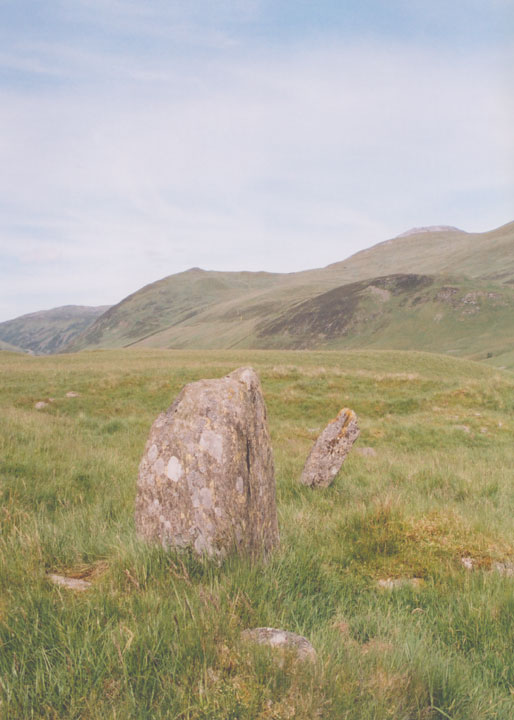
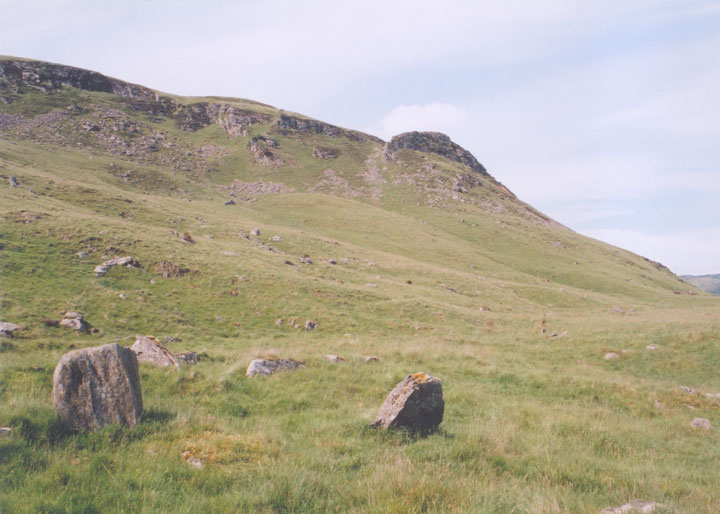

I had a good potter around, looking at the multitude of stones in the area. According to Canmore there are the remains of an old farmstead up here. There’s definitely some kind of linear structure, but there’s also what looks like the remains of an old stone-edged path.
After spending a bit more time at the stone circle, I headed off back down to the road. I continued cycling down Gleann Beag, this time not getting drenched in the process, and followed the road round as the glen opens into Glen Shee. Just before the MacThomas Bridge I turned off the main road to the church at Spittal of Glenshee. Hiding behind the church, on a pronounced mound, is the Spittal of Glenshee standing stone.

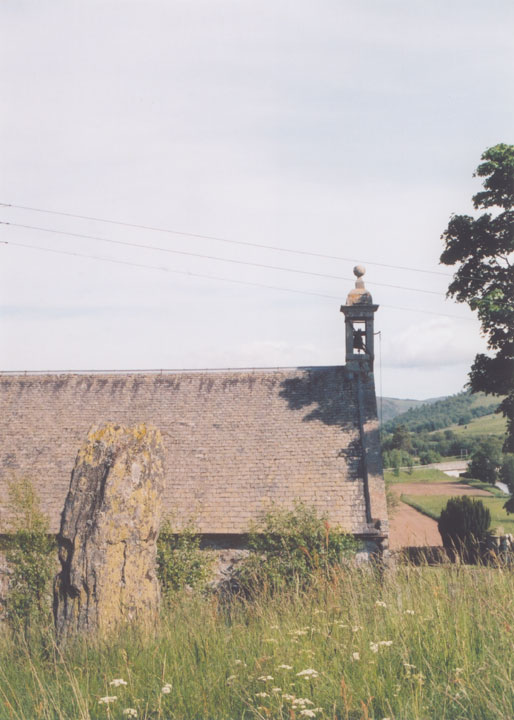
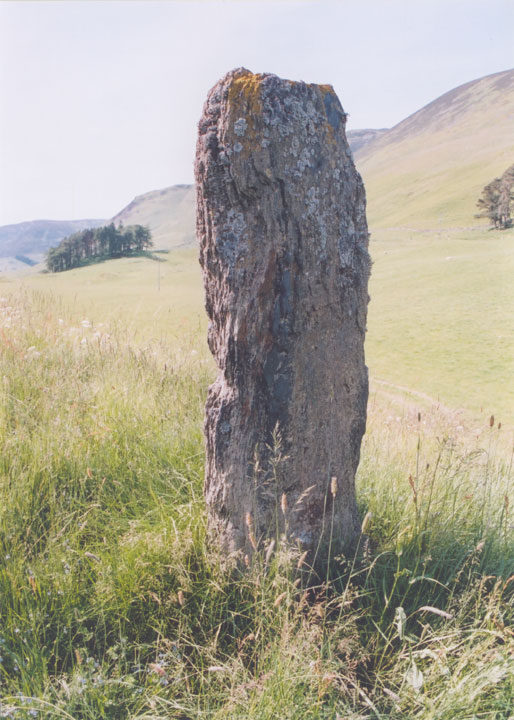
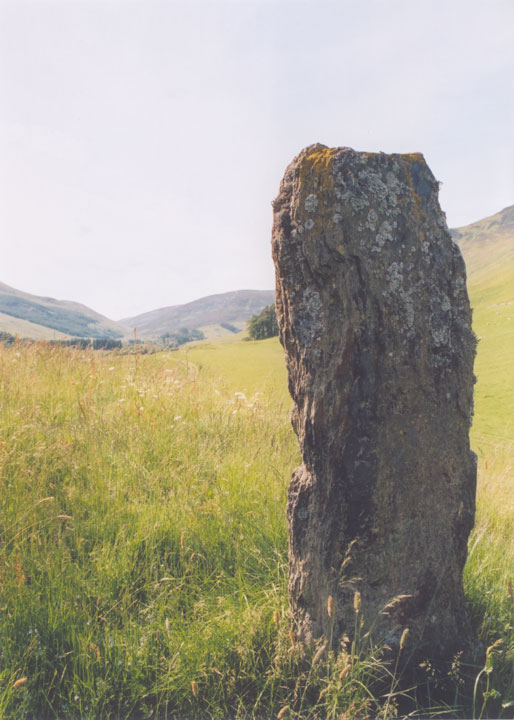
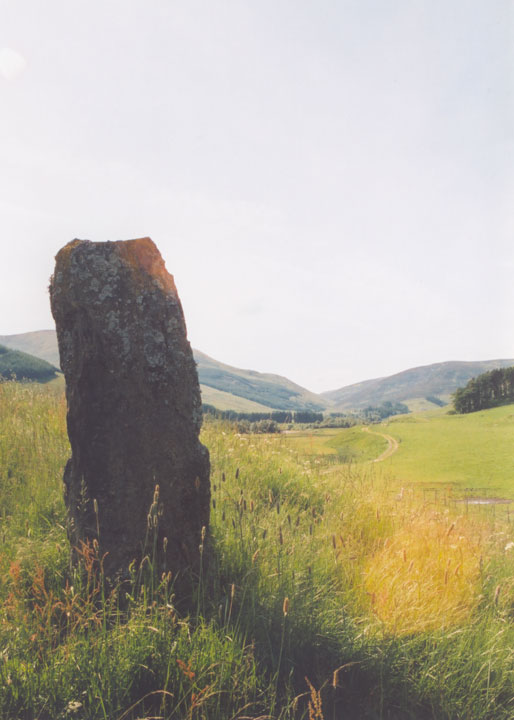
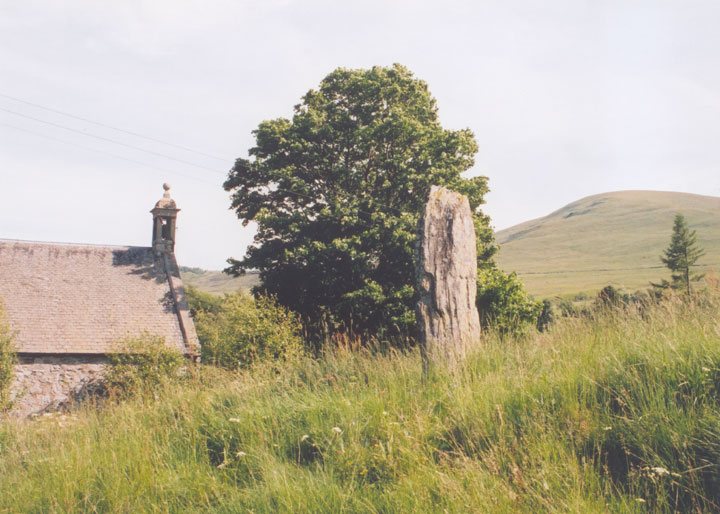
As with the Gleann Beag stones, the view from here is amazing, this time along Glen Shee.
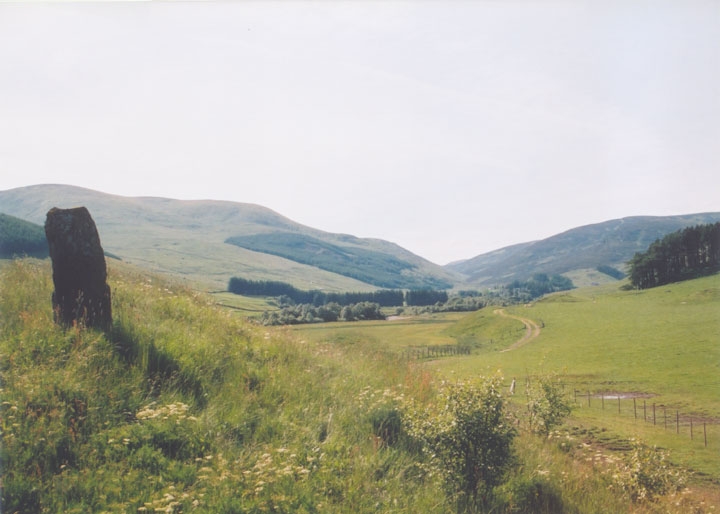
Back on the bike, I crossed the main road and lifted my bike over the style that takes you on to the Cateran Trail. Although it becomes unsuitable for bikes later on, the Cateran Trail at this point is a rough farm track so is easy to navigate on a bike. The track hugs the edge of the hills, following the Shee Water as it twists its way south, and I followed it for about half a kilometre beyond Old Spittal Farmhouse. I was on my way to see Diarmid’s Grave, a small stone circle sitting high up above the river, again with magnificent views.

The stones stand on a mound that is described as natural on the strength of a 19th century excavation report, but which looks very like a barrow.

This mound itself stands on a conical hill which rises steeply from the track below. It’s elevated position enhances the views in both directions along Glen Shee.


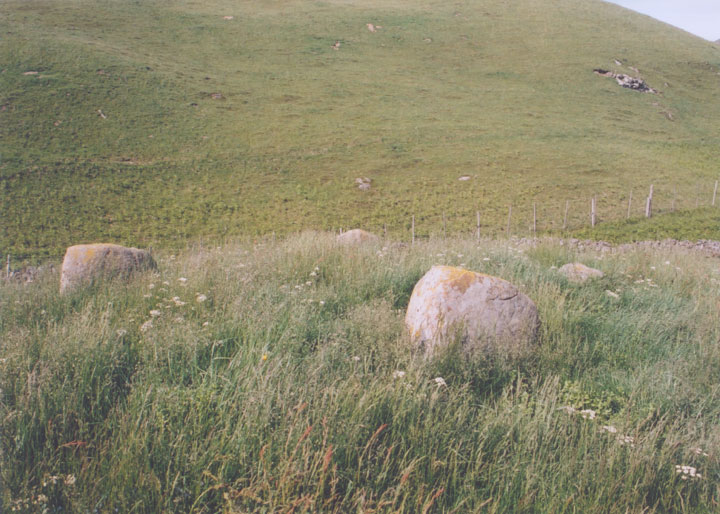
Interestingly, before the church was built it would have been easy to see the Spittal of Glenshee standing stone from Diarmid’s Grave.
A week later than planned I’d seen the sites I’d wanted to, so began the long climb up to the car, congratulating myself on not having parked further up at the ski centre car park.

